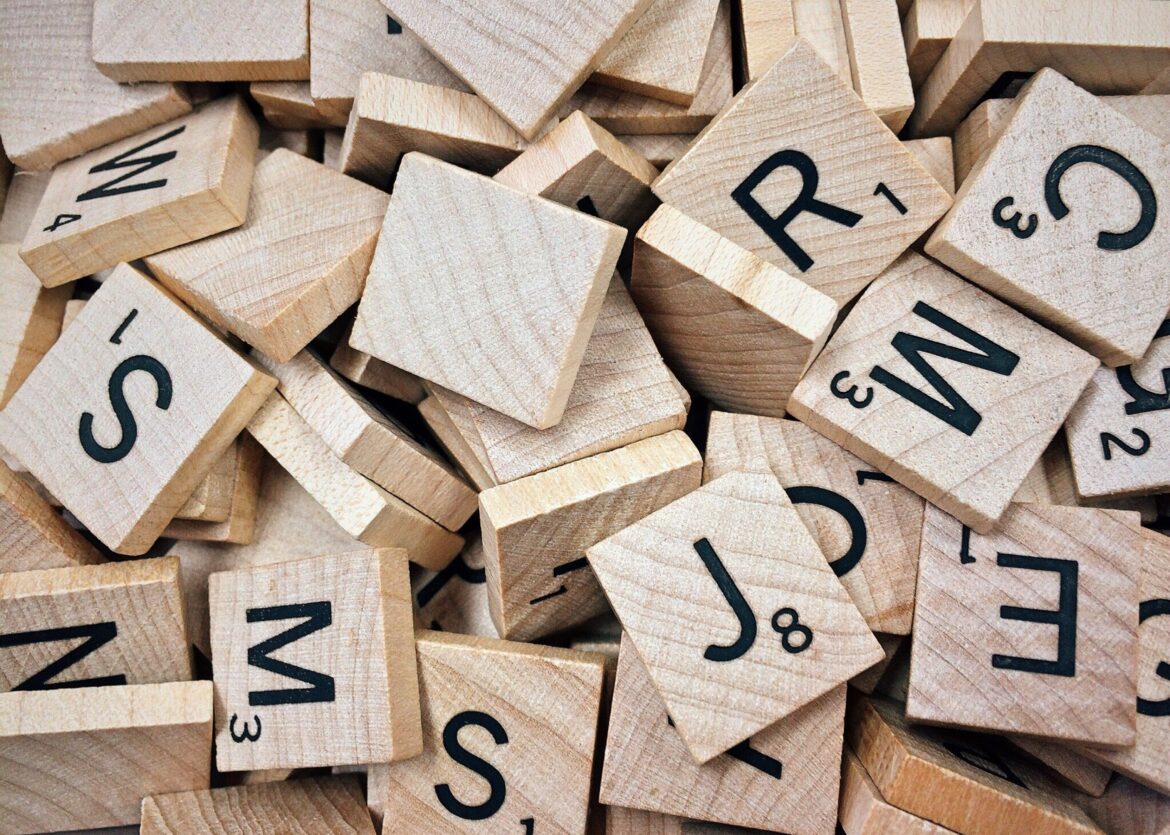Is the Oxford comma necessary? When and when not to use Oxford commas? What is the Oxford comma used for? How to use commas correctly? If you have ever asked yourself any of these questions while writing your research paper, this short article will put your confusion to rest.
The comma is infamous for creating confusion in writing research and other documents and the use of Oxford comma has been a source of debate among writers, editors and language experts for years. Let’s break it down by answering the most frequently asked questions with Oxford comma examples.
What is the Oxford comma?
An Oxford comma, also sometimes referred to as the ‘serial comma’, is a comma used after the penultimate item in a list of three or more items, before ‘and’ or ‘or’.” For example,
He went to the market to buy eggs, cheese, and bread.
In the sentence above, there’s a comma between each item listed. The comma before ‘and’ is the Oxford comma.
But why use an extra comma when the meaning of the sentence is clear even without it?
Why the Oxford comma is important
As you saw above, in some cases, you can omit the Oxford comma without changing the meaning of the sentence. So, if you delete the Oxford comma from the previous example, it retains the same meaning:
He bought eggs, cheese and bread.
However, in some cases the Oxford comma is necessary to ensure clarity and avoid any misinterpretation of the intended meaning.
For example,
Today I went to a movie with my classmates, Tobby, and Ryan.
Here, the comma between ‘Tobby’ and ‘and’ clarifies to the reader that all three entities mentioned are separate and that Tobby and Ryan are not the speaker’s classmates, but additional people who the speaker went to the movie with.
If you remove the Oxford comma in the example above, the sentence would be read as you going to the movie with your classmates who are named Tobby and Ryan. That is,
Today I went to a movie with my classmates, Tobby and Ryan.

Oxford comma examples
Let’s look at some sentences where the Oxford comma has been used.
During the holiday, we will visit Paris, Switzerland, and Poland.
This clearly explains that there are three countries on the itinerary, but removing the Oxford comma here will not change the meaning.
I completed my research with the help of my supervisors, Alan, and Roger.
This sentence conveys how the speaker is getting help from Alan, Roger and supervisors (three different entities), which makes the Oxford comma an important addition.
My cats are named Jenna, Ginger and Snaps.
The Oxford comma is critical here to show there are three cats mentioned (Jenna, Ginger, Snaps) and not two (Jenna, Ginger and Snaps).
He invited his parents, Jaya and Joyce, to the graduation ceremony.
Dropping the Oxford comma would make this a bit confusing as it seems like the parents are names Jaya and Joyce. Adding the Oxford comma will help the reader understand that the parents, Jaya, and Joyce are different people on the list.
When to use Oxford commas
The Oxford University Press encourages the use of the serial comma, and this is how the term “Oxford comma” evolved. However, there is no blanket rule for the use of Oxford commas as publications have different policies regarding their use. While some are okay with omitting it, some insist on keeping it. For instance, Strunk and White’s The Elements of Style, the MLA Style Manual, The Chicago Manual of Style, APA style, and the U.S. Government Printing Office Style Manual all adopt the Oxford comma in their house style.
There are also some style guides that discourage the use of the Oxford comma, for instance, The New York Times Stylebook, the Associated Press Stylebook (or AP Stylebook), The Economist Style Guide, and The Canadian Press Style Guide.1
Pro tip: Whether you choose to use the Oxford comma or not, make sure you are consistent with your choice across your entire research paper or any other document you may be writing.
In conclusion
So the next time you find yourself wondering what is the Oxford comma, come to this article. With these tips, we’re sure you’ll be able to tackle those tricky sentences easily.
References
1. Wikipedia. Serial comma https://en.wikipedia.org/wiki/Serial_comma

